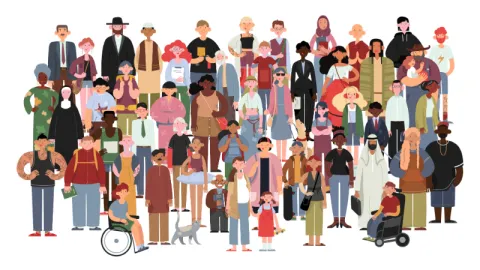
Racial Equity Lens
Racial Equity Lens (REL) considers how racial disparities continue to place Black, Indigenous, and People of Color (BIPOC) individuals at a disadvantage while over-advantaging whites. Racial equity considers how to address systemic racism, while also acknowledging how culture, public policy, practice, history, personal beliefs, and legal constructs all contribute to the establishment and maintenance of a racial hierarchy.
REL recognizes historical contexts in which racial inequities stem from, and REL seeks to address systemic oppression by ensuring that everyone has equitable access and outcomes with services. By considering how race systemically impacts service users across structural systems, it facilitates ways to close racial gaps and address racial disparities that are found when BIPOC folks access service programs. REL can be applied to the individual, institutional, or systemic levels. REL can not only be applied to existing disparities but also prevent future disparities.
REL also considers implicit racial biases that coexist in everyone with outwardly non-racist demeanor and persona. Instead of applying a universal approach to looking at situations and events, REL takes the time to recognize the numerous ways in which equity can be directly applied to a situation rather than prescribing over-generalized responses. REL acknowledges how racial inequities can be understood historically and how they manifest systemically.
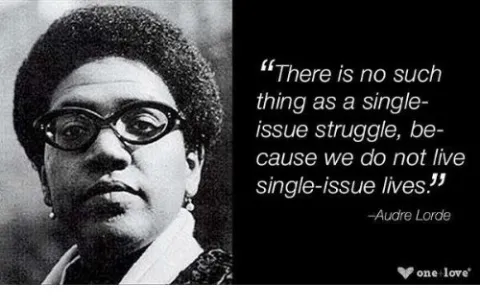
Anti-Oppressive Practice
Anti-Oppressive Practice (AOP) is an intersectional approach that understands the multiple ways that historic and current oppression happens to individuals, families, and communities. AOP approach offers a framework for addressing various forms of oppression. Examples include, but are not limited to, disabilities, race, ancestry, age, mental/medical/physical conditions, nationality and/or citizenship status, religion, gender identity, sexual orientation, ethnicity, marital status, and class, and culture. AOP considers how systemic oppression creates barriers for service participants to engage, access, and navigate social services.
The goal of AOP is to mitigate and end the effects of oppression by exposing and challenging systemic oppression on a larger scale, such as laws, policies, practices, and culture. Additionally, AOP facilitates individual reflection of the personal biases that everyone holds. The value of applying AOP is that it encourages critical thought, social analysis, self-reflection, and consideration of the diverse demographics social services and community partners work with.

Trauma-Informed Care
Trauma-Informed Care (TIC) is an approach that understands the multiple ways that trauma can affect individuals, including how one is able to navigate, engage, and perceive their environment. TIC acknowledges that trauma is prevalent in many cultures by individuals, families, communities, and historically. TIC is a holistic approach that considers how intersecting identities of marginalized individuals influence the ways they acquire and respond to trauma. Trauma can result from a single or from multiple events, and it can accumulate over time. It can affect physiological, emotional, behavioral, spiritual, and psychological well-being. By contextualizing the trauma, it helps providers understand what services participants need as well as how they may receive them while considering how to prevent re-traumatization and dismantle items that cause trauma.
By recognizing how trauma can be a significant factor people experience, it promotes healing, restorative justice, empowerment, and safety. TIC has a set of four key principles. The first principle “realizes,” the widespread prevalence and impact of trauma, and the different approaches to healing that exist. The second principle is, “Recognize,” which recognizes the different symptoms and signs trauma can take form as. This principle acknowledges its presence in individuals, families, communities, staff, and systemically. The third principle “responds by fully integrating knowledge about trauma into policies, procedures, and practices.” Lastly, based on the third principle, TIC actively “resists re-traumatization.”
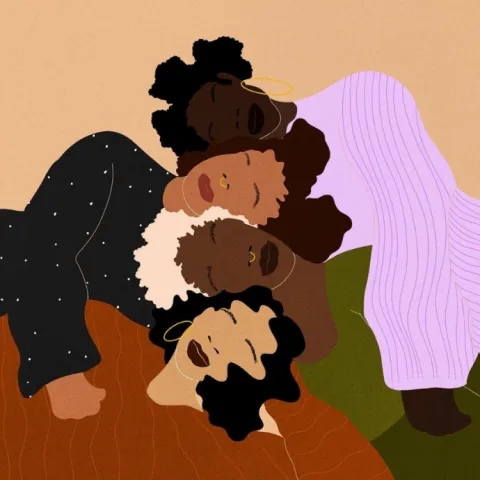
Empathy
Empathy is the actively practiced ability to understand people’s perspectives in various situations and recognize their subjective experiences, ideas, attitudes, and emotions. Empathy can connect individuals across their various identities, and acts as a way to connect to diverse groups and individuals, especially those who are most marginalized in our society. Having the capacity to respond appropriately to clients is one of the main focuses of service providers (Trevithick, 2009) when working with service participants who are from marginalized and vulnerable demographics.
An empathetic service practitioner is able to know a service participant’s condition, state, and consciousness, which allows them to more directly address what the service participant identifies as areas of needs or goals. Empathy considers intersectionality which includes, but is not limited to, ethnicity, economic status, personal preferences, cultural background, race, religion, gender identity, and many more influential key identities that can influence a service participant’s perspective, needs, and goals.
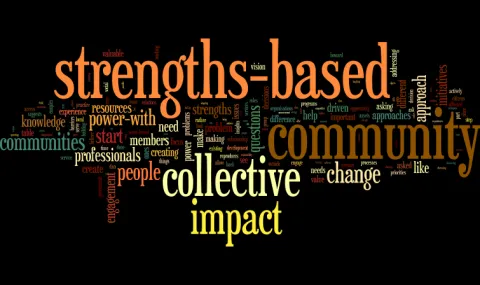
Strength-Based Approach
Strength-Based Approach (SB) is a practice that focuses on inherent strengths or positive attributes that individuals, families, groups, and communities possess. SB recognizes that service participants are resilient and resourceful when experiencing adverse endeavors. Additionally, it examines how individuals use their strengths and self-determination to persevere through challenges. This approach promotes service participants’ autonomy and is lead by the participants since outcomes are based on the individual’s set of strengths. SB has numerous principles and fundamentals that help guide and support practitioners who use it.
Rapp, Saleebey, and Sullivan (2008) assert six principles of the strength-based approach are outlined in the following.
1. It is goal-oriented. Service users are encouraged to create their own goals they wish to achieve. An example of this is the “Miracle Question,” which helps service users outline and define the direction of their goals.
2. Systemic assessment of strength. There is an intentional avoidance of assessing problems, pathologizing or identifying deficits. Instead, a strengths-based approach systematically documents strengths and in solution-focused therapy, assessment is based on what already works for the service user.
3. The environment is seen as rich with resources. Service providers work with the community and identify assets, capacities, and resources of local associations, groups, and individuals. Download the
4. Explicit methods connect the client with the environment and calls upon preexisting strengths both have. It identifies preexisting strengths a client has and then determines their goals or visa versa.
5. The relationship is hope inducing. A strength-based relationship between provider and user is empathetic, purposeful, accepting, and explicitly focuses on encouraging hope from a client. It finds strengths that link the individual participant to communities, people, and culture.
6. The service user’s choice of goal setting and pacing is central. Service providers act to extend and clarify choices, while the service user is given authority and confidence in making decisions.
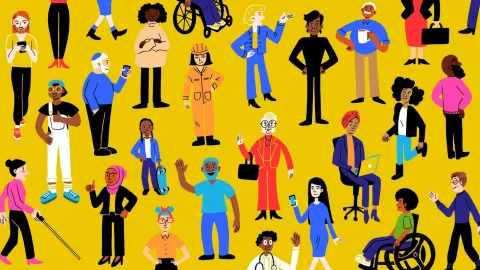
Unconditional Positive Regard
Unconditional Positive Regard (UPR) is an approach where service providers offer absolute acceptance of a service participant. UPR is the active acknowledgment of the client’s individuality of self in comparison to the therapist’s own needs. Additionally, UPR does not pathologize nor impose socially constructed stigmas on service participants by identifying them as “needy” or synonymous with their “problems.” Instead, UPR views service participants as individuals who are in need of facilitation of services.
Carl Rogers identifies that individuals inherently gravitate towards behaviors that will afford them UPR. As participants grow and develop, their actualizing tendencies become more prominent. Carl Rogers explains, "It means caring for the client, but not in a possessive way or in such a way as simply to satisfy the therapist's own needs...It means caring for the client as a separate person, with permission to have his own feelings, his own experiences." Not only does empathy act as a way to intentionally recognize a service participant’s autonomy, but it also serves to affirm and empower service participants. External influences such as cultural, social constructs, systemic oppression, legal constructs, individuals, institutionalized racism, amongst many other factors can influence how service participants view themselves. By practicing empathy, it can affirm experiences and individual perceptions of service participants that have otherwise been influenced by external factors that endorse participants to negatively view themselves.
The way that participants view themselves impacts their overall well-being, which is why UPR is crucial in order to affirm possibly subdued personal perceptions. Participants who have a stronger sense of self-confidence and self-worth have a higher capacity to pursue their goals or overcome endeavors because they believe that they are capable of realizing them.
